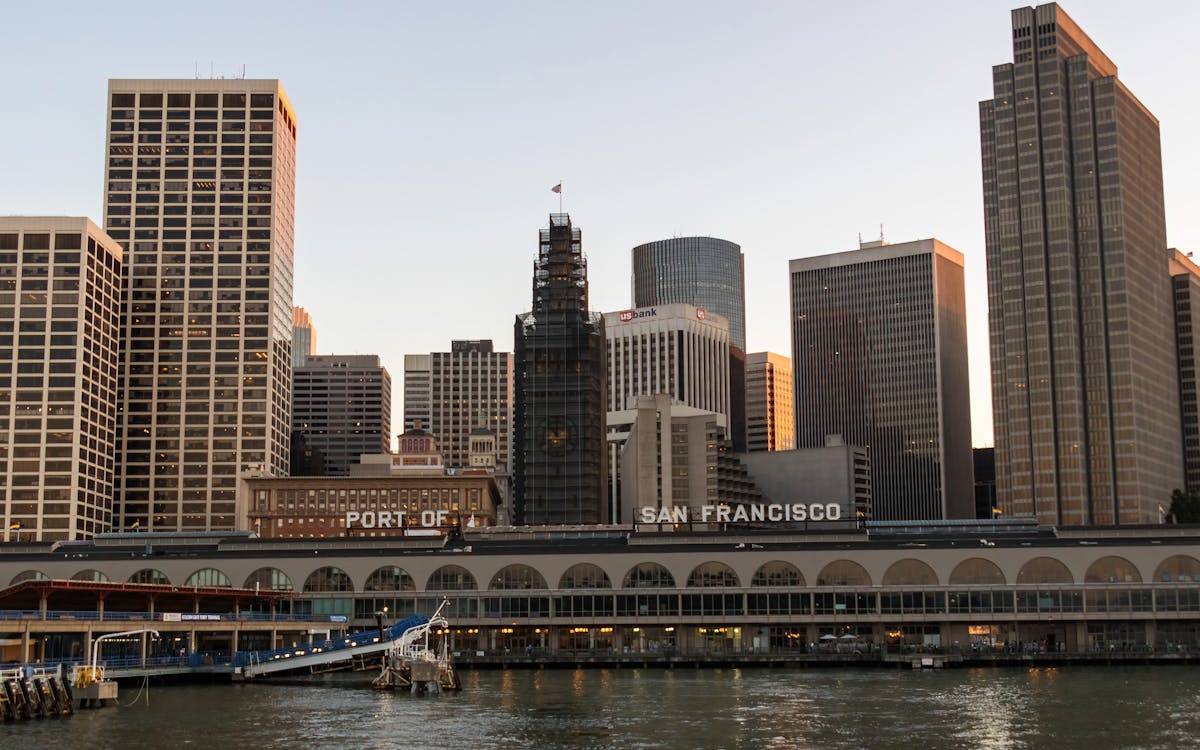
Why Restoration Matters More Than Ever in the Bay Area
Over the last couple of decades, the San Francisco Bay has weathered the effect of metropolitan growth, commercial development, and climate modification. Once including wild animals and lush marshes, most of the bay's all-natural ecological communities have actually been fragmented or weakened. Yet in the middle of these obstacles, something amazing is happening: neighborhood homeowners, volunteers, and grassroots initiatives are leading a wave of ecological remediation that's bringing brand-new life back to the Bay.
Restoration isn't almost growing trees or cleaning up garbage, though those initiatives are important. It's concerning restoring the structures of life, from marsh grasses that support fish baby rooms to shoreline barriers that guard against flooding. And in this area, the power of area involvement is transforming the trend very genuinely.
From Marshland to Miracle: The Return of Native Habitats
Among the most visible changes taking place in the Bay Area is the re-emergence of native habitats. Marshes that were when drained or paved over are being rehydrated and replanted. Grasses and shrubs indigenous to the region are being cultivated by neighborhood groups, who typically rely upon local volunteers to assist expand seed startings and take care of controlled planting occasions.
These native plants do more than include greenery to the landscape. They provide sanctuary to migratory birds, pollinators, and tiny mammals, producing pockets of biodiversity in the middle of active urban zones. As these habitats expand, so does the environmental health and wellness of the Bay itself. When neighborhood homeowners take time out of their weekend breaks to obtain their hands in the dirt, they're not just planting-- they're participating in the remediation of a living, breathing ecological community.
The Role of Education in Fostering Environmental Stewards
Education and learning plays an important part in why these community-led efforts are working so well. Schools, neighborhood facilities, and not-for-profit teams are organizing hands-on knowing experiences where participants of all ages can understand the scientific research and value of reconstruction. These programs usually bring individuals in person with problems like erosion, air pollution, and water level increase-- topics that can really feel abstract up until they're seen up close.
When someone sees the fragile balance of an estuary or finds out just how a single plant varieties can filter toxic substances from the water, the value of that expertise ends up being personal. And with that said understanding comes the motivation to act. Recovering ecological communities ends up being much less of a duty and more of an objective. This deep connection to regional spaces is what establishes the Bay Area apart and gas the long-lasting success of these initiatives.
Taking Advantage Of the Digital World to Drive Real-World Change
Interestingly, the press to recover the Bay's environments isn't happening in isolation from the electronic world. Modern technology is ending up being an effective device in rallying support, spreading out recognition, and connecting areas. Whether through resident scientific research applications that track native types or area forums organizing repair occasions, the online space is matching boots-on-the-ground activity.
Over the last few years, also local outreach techniques have progressed. As an example, a social media marketing agency in the Bay Area might sustain ecological projects by assisting volunteers magnify their effect, tell their stories, and motivate others to obtain included. These digital touchpoints have the power to transform a tiny weekend break cleanup into a local motion simply by allowing individuals understand it's happening-- which it matters.
Email Campaigns That Inspire and Inform Local Change-Makers
One more digital approach making a substantial difference is e-mail interaction. Updates about reconstruction occasions, seasonal website planting initiatives, and donation drives are usually shared with meticulously crafted e-newsletters that strike a balance in between being useful and motivating. It's not uncommon for a well-timed project from an email marketing agency in San Francisco to bring a rush of volunteers or donations to a task in need.
These email campaigns aren't just transactional-- they're transformative. By enlightening subscribers regarding the straight impact their involvement has, they nurture lasting engagement. Visitors involve seem like stakeholders in the health of their region, and that psychological link equates to lasting commitment.
The Unseen Work of Connecting Data, Communities, and Nature
Behind every successful remediation job lies a complicated internet of coordination. There's research to recognize what habitats need most, neighborhood comments to form inclusive plans, and follow-up monitoring to guarantee success. This type of recurring effort typically requires not just heart, but information, method, and interaction.
That's where the support of a digital marketing company in the Bay Area can make a silent however essential distinction. By aiding companies develop strong electronic platforms, collect insights, and refine their messaging, these groups allow community groups to scale their impact. The outcome is a more linked and effective activity, where every activity counts, and everyone seems like they're component of something bigger.
The Power of People in Preserving the Bay's Future
If there's something the Bay Area has proven, it's that remediation does not have to begin with big establishments or enormous budgets. It can begin with one neighbor pulling weeds from a path, one student growing an indigenous sapling, or one family turning up to a shoreline clean-up. These little activities accumulate, specifically when they're sustained by clever approaches and shared with the wider area.
There's something uniquely confident regarding seeing the trends transform-- both figuratively and literally-- in favor of nature. The Bay is far from completely recovered, yet it's being revitalized day by day through the determination and treatment of those that call this area home. With each marsh rebuilt and each indigenous species protected, we're not simply recovering ecosystems-- we're imagining what's feasible when neighborhoods lead with function.
Maintain following this blog for more stories on local modification, neighborhood effect, and the methods you can be part of safeguarding the all-natural appeal that borders us.